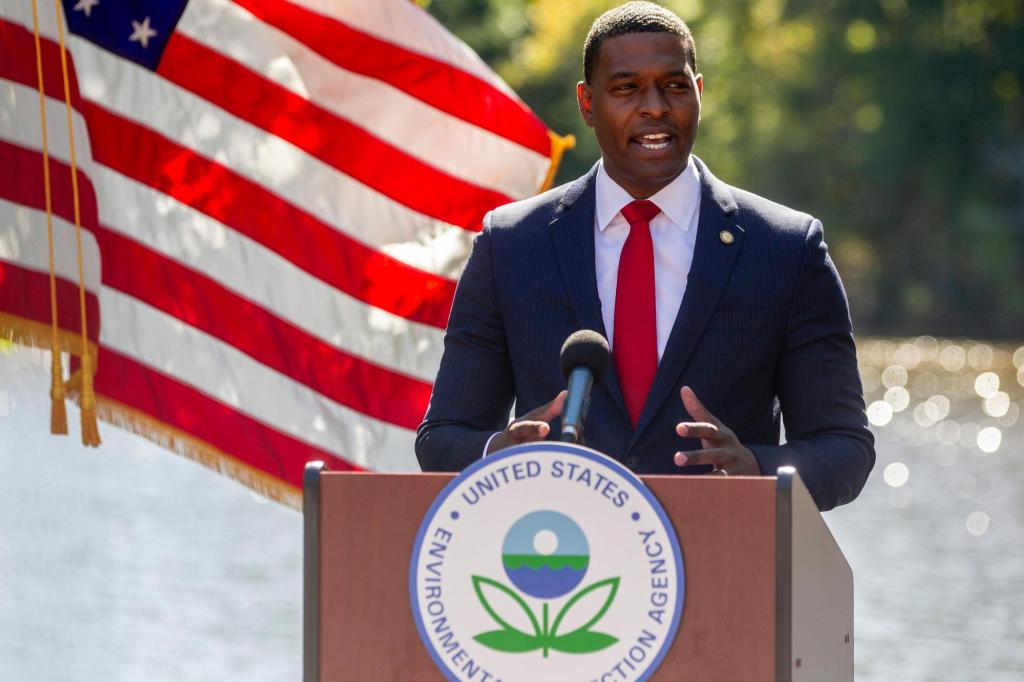By MICHAEL PHILLIS and MATTHEW DALY
WASHINGTON — The Environmental Protection Agency on Tuesday proposed limiting the amount of harmful “forever chemicals” in drinking water to the lowest level that tests can detect, a long-awaited protection the agency said will save thousands of lives and prevent serious illnesses, including cancer.
The plan marks the first time the EPA has proposed regulating a toxic group of compounds that are widespread, dangerous and expensive to remove from water. PFAS, or per- and polyfluorinated substances, don’t degrade in the environment and are linked to a broad range of health issues, including low birthweight babies and kidney cancer. The agency says drinking water is a significant source of PFAS exposure for people.
“The science is clear that long-term exposure to PFAS is linked to significant health risks,” Radhika Fox, assistant EPA administrator for water, said in an interview.
RELATED: Orange County launches first water plant to remove PFAS toxins
Fox called the federal proposal a “transformational change” for improving the safety of drinking water in the United States. The agency estimates the rule could reduce PFAS exposure for nearly 100 million Americans, decreasing rates of cancer, heart attacks and birth complications.
The chemicals had been used since the 1940s in consumer products and industry, including in nonstick pans, food packaging and firefighting foam. Their use is now mostly phased out in the U.S., but some still remain.
The proposal would set strict limits of 4 parts per trillion, the lowest level that can be reliably measured, for two common types of PFAS compounds called PFOA and PFOS. In addition, the EPA wants to regulate the combined amount of four other types of PFAS. Water providers will have to monitor for PFAS.
RELATED: OC water districts file massive lawsuit over PFAS contaminants
The public will have a chance to comment, and the agency can make changes before issuing a final rule,…
Read the full article here







